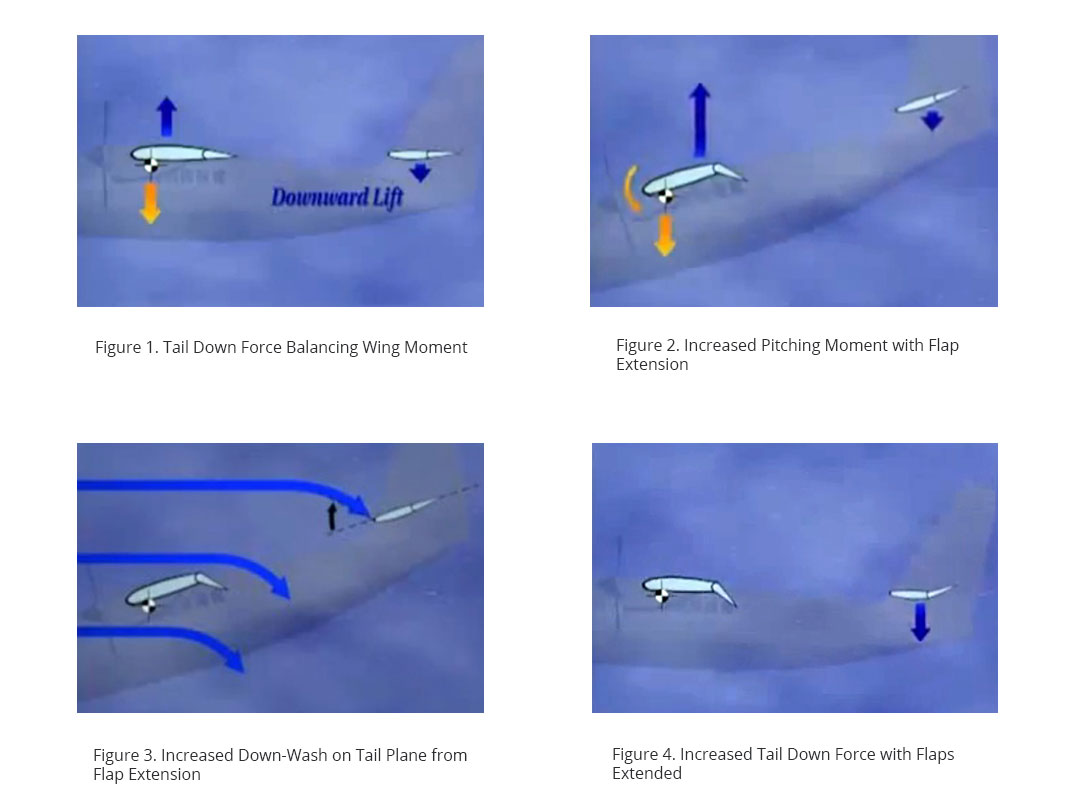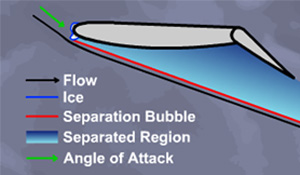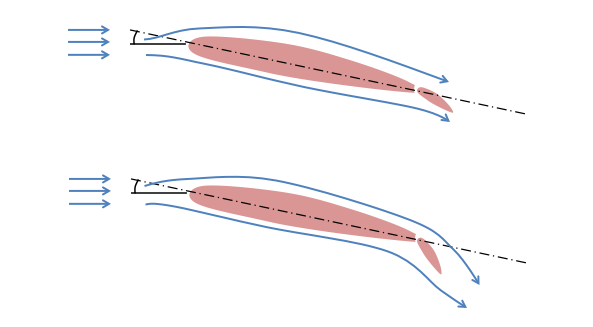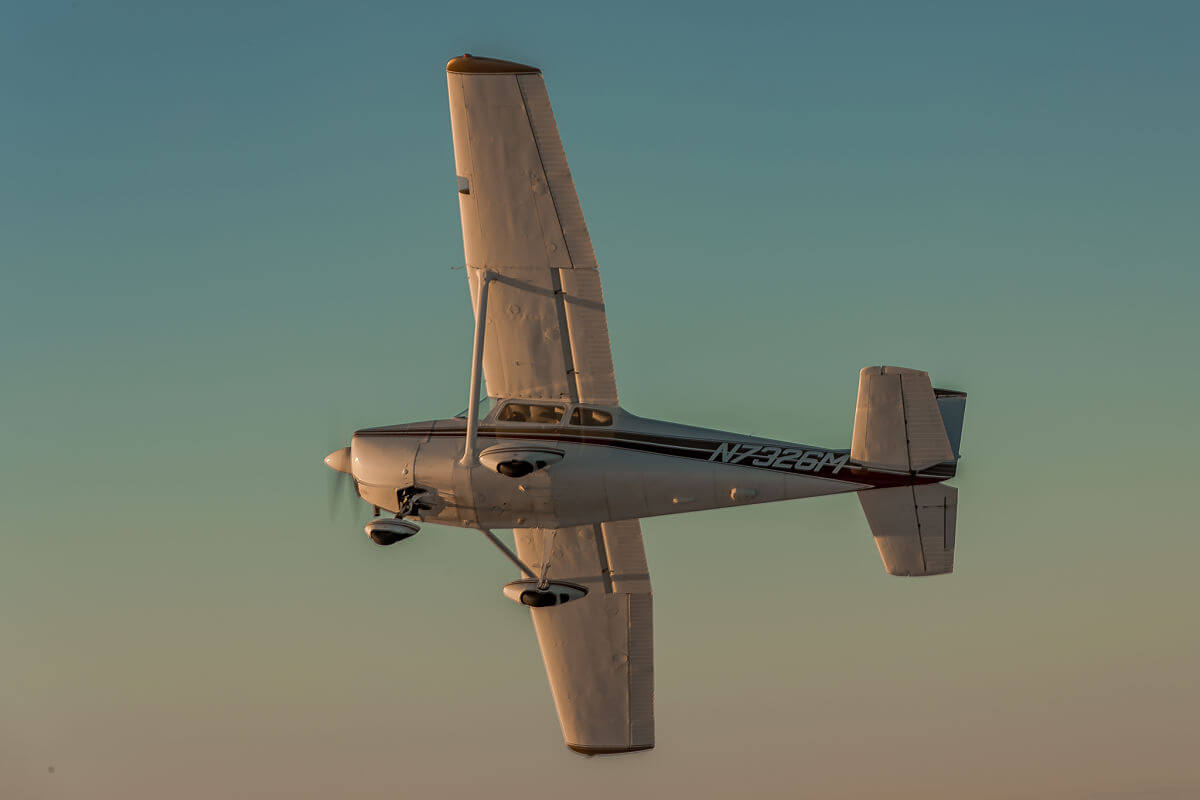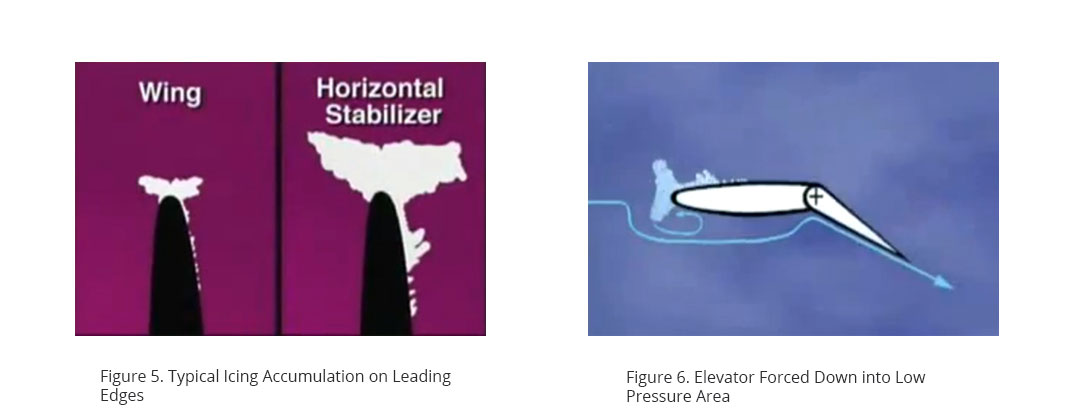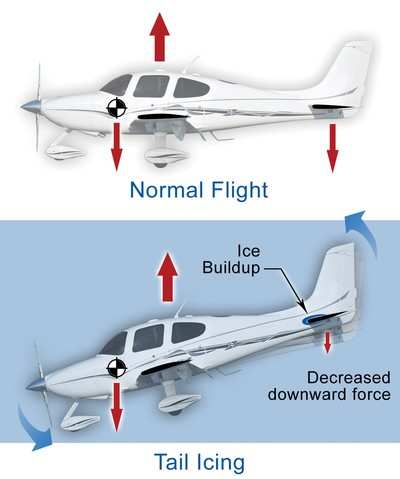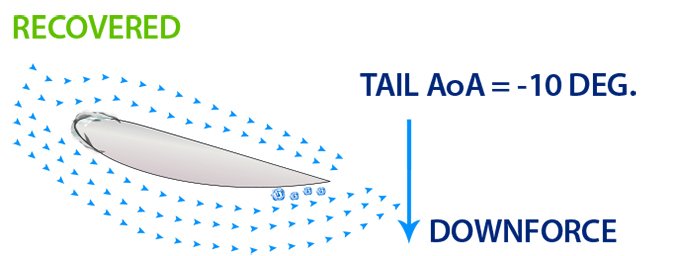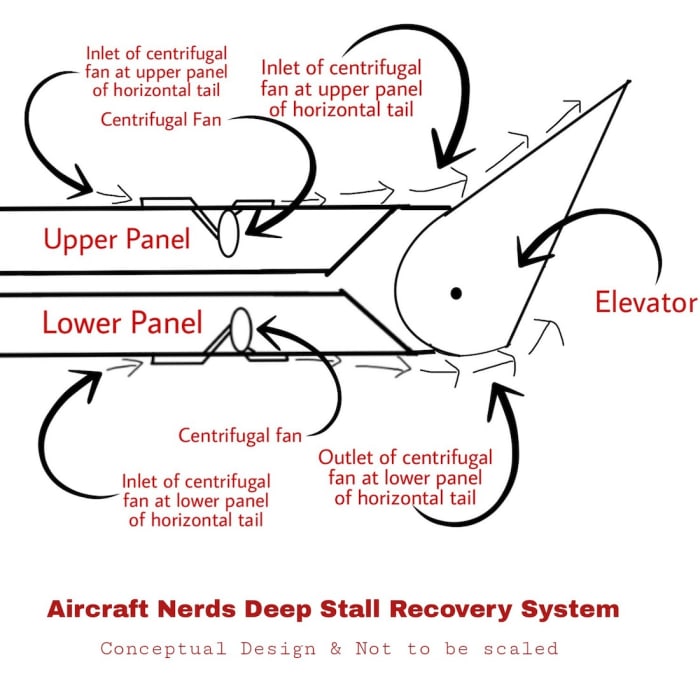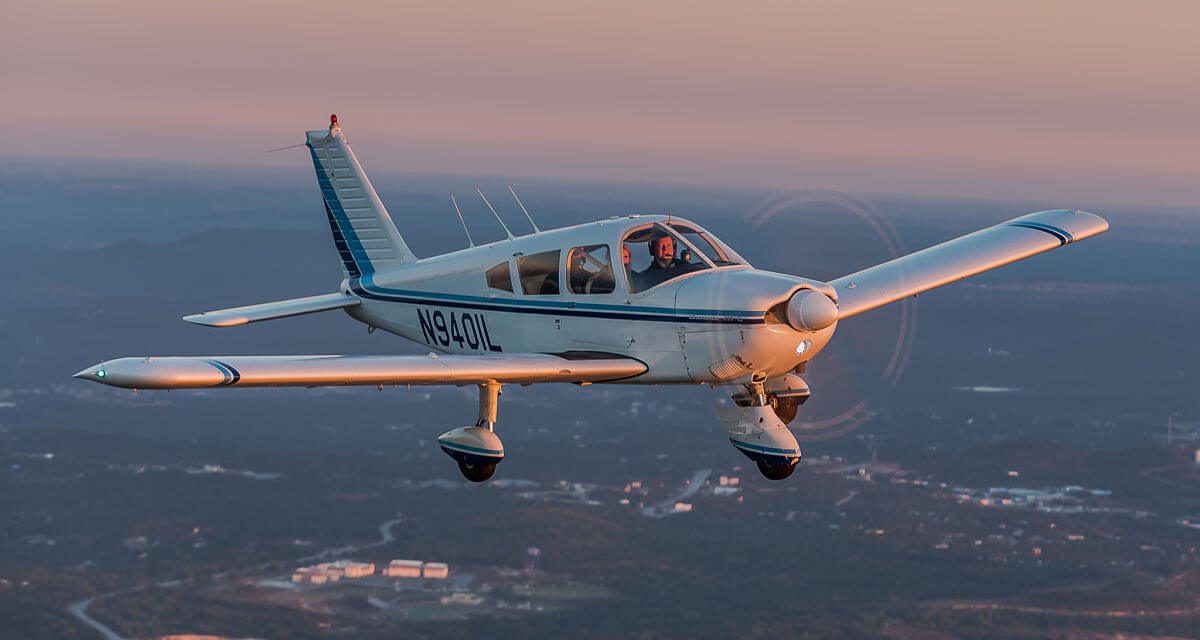Breathtaking Info About How To Recover From Tail Stall
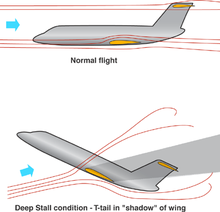
Recognizing icts most of us will never encounter an icts because we don’t fly in icing.
How to recover from tail stall. Recovering from a tailplane stall requires pitching the nose up, not down. But why would you take power out when you're already stalled? This reduces angle of attack of the tailplane and moves.
Gravity takes over and the aircraft’s nose points. In a normal stall, you add. Acknowledge cues of the impending stall and then recover promptly after a full stall occurs.
The only way to recover from a stall is by decreasing the angle of attack below the critical angle by pushing forward on the elevator. You are correct…everything else being equal, pulling back increases the aoa of the tail. If you miss the warning signs and do end up with a tail stall, retract flaps if deployed, reduce power and apply up elevator, possibly against extreme resistance.
Instead, criteria should consider the multitude of external and internal. Consequently, we’ve learned that tail stalls, rather than wing stalls, may be the culprit in crashes that occur during the descent or approach phase of flight. • evaluation criteria for a recovery from an impending stall should not include a predetermined value for altitude loss.
Power to idle the first step in spin recovery is reducing your throttle to idle. Generic stall recovery at recognition reduce angle of attack. The biggest driver in causing tail stall is increasing flaps, and so decreasing flaps will.
Regarding recovery from a deep stall, many pilots employ the ailerons to roll the aircraft into a knife edge position (on its side). In its extensive research project on tail stall issues in 1998, nasa recommended that if flaps are used, they should be deployed at an altitude permitting recovery from any. Execute a stall recovery in accordance with procedures set forth in the pilot’s.



